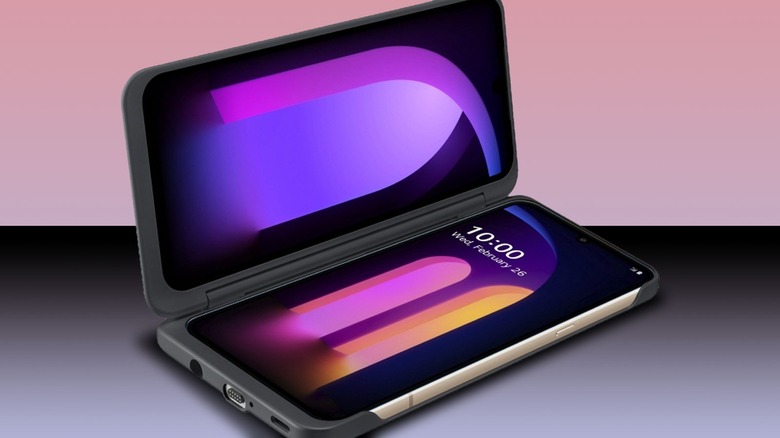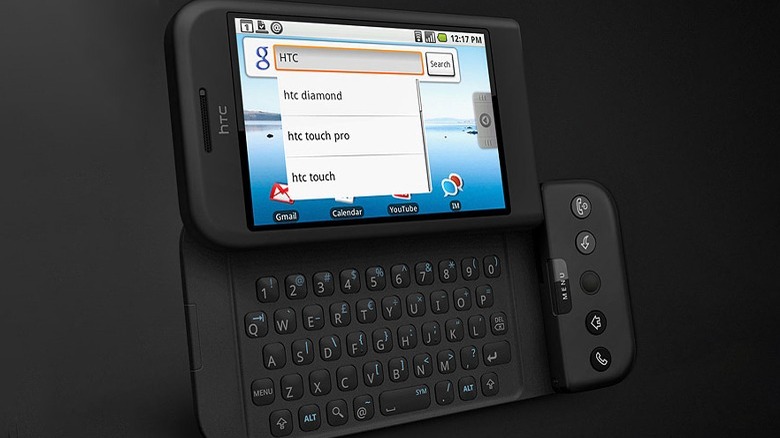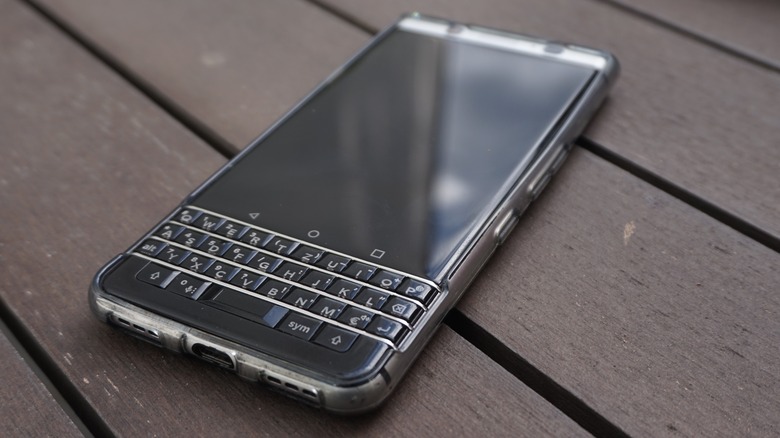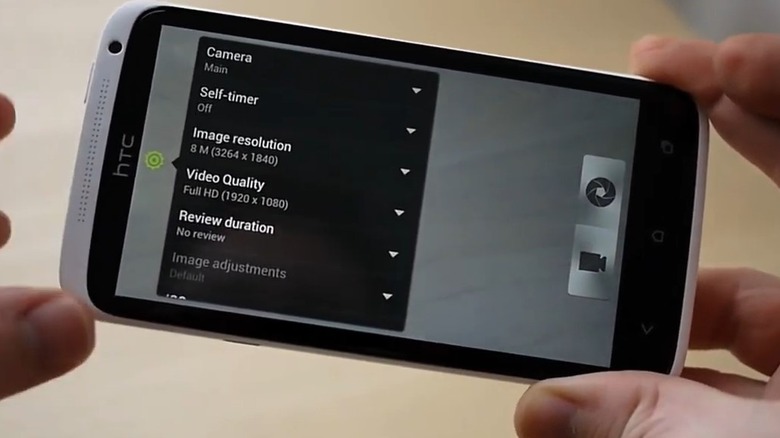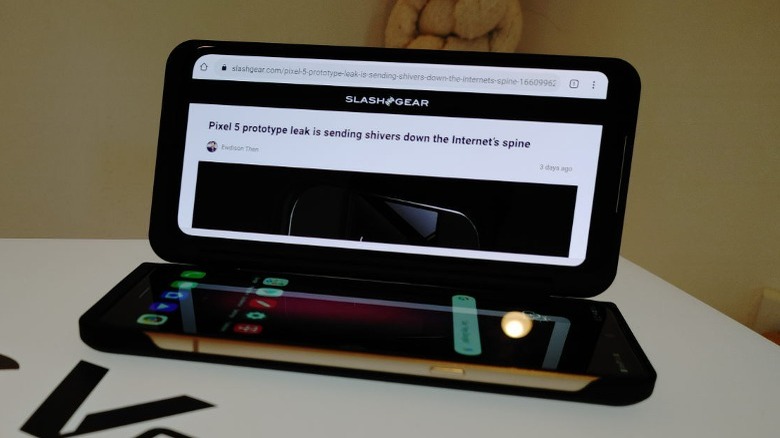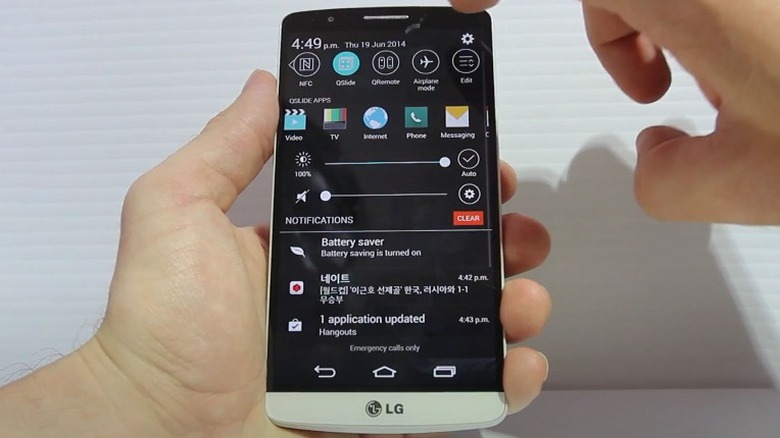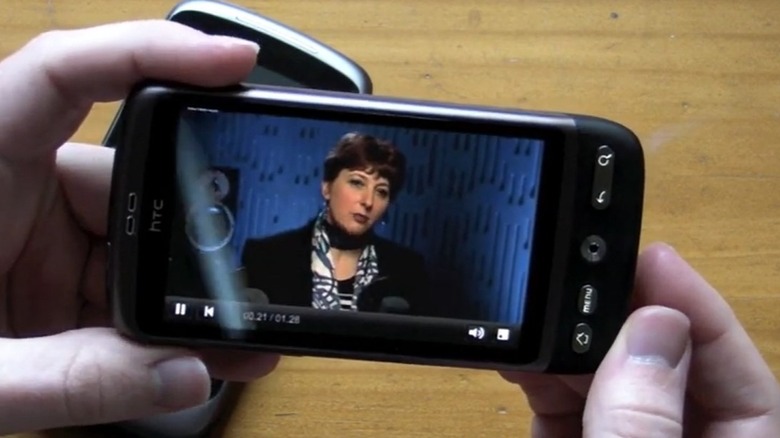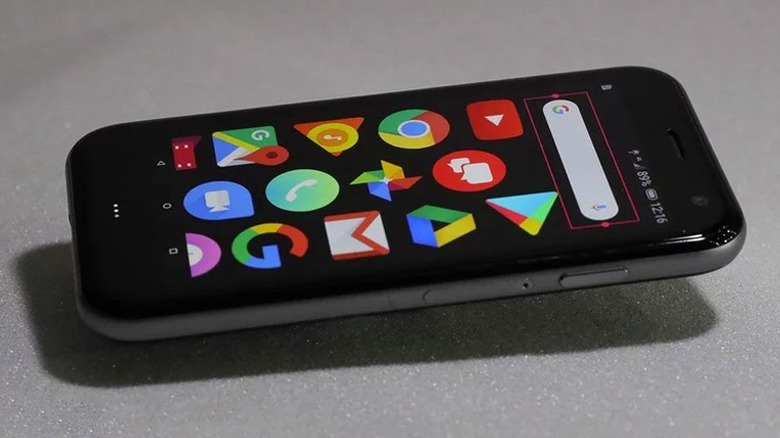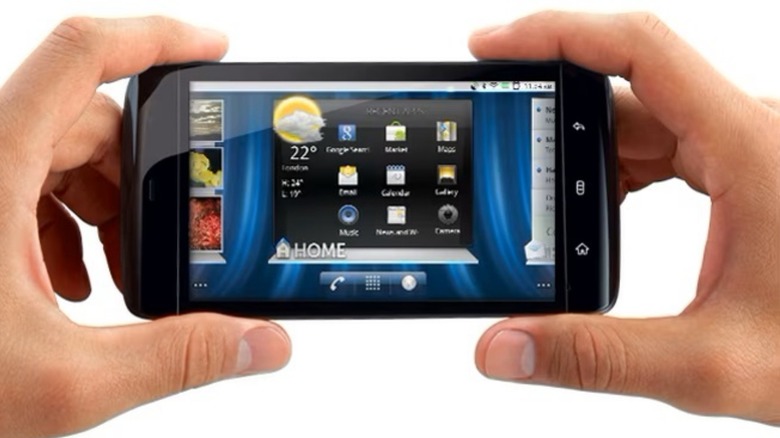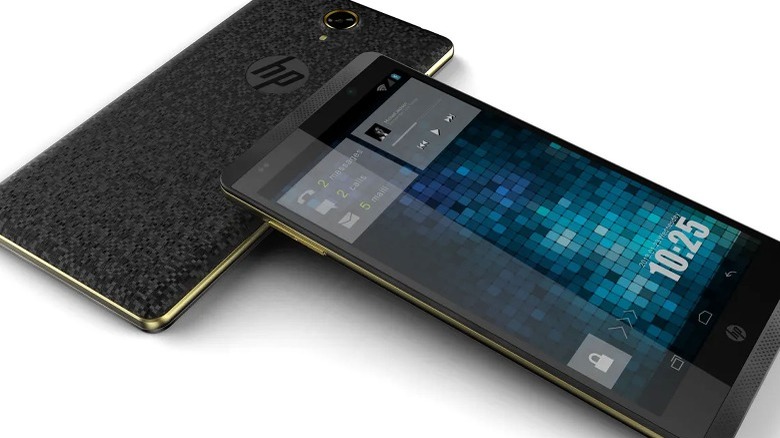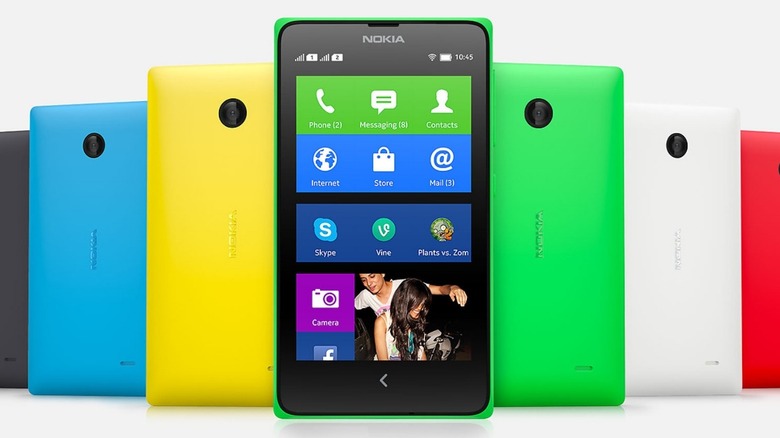10 Memorable Android Devices From Brands That Abandoned Android
In the last decade, the smartphone industry has seen a lot of action with the exponential increase in the popularity of Android smartphones. At a time when phones operating on Symbian and Windows OS started losing popularity, the acceptance of Android phones became a paradigm shift for this industry. Some brands remained in the game with consistent growth, while some new ones entered it, making it more competitive.
Amidst all this action, when Android smartphones had only begun to gain fame, some brands failed to understand the nerve of the customers and accept the change in preferences. It eventually resulted in their exit from the market and from the hearts of people. Several new brands, especially from China, started capturing the lower end of the market, resulting in a gradual death of Android smartphones from the now-forgotten brands. We look at all the once-popular smartphones from those brands which are no more operational in the Android smartphone business.
HTC Dream
All great industrial revolutions have had a small start. For Android, it was the HTC Dream — Americans know it as the T-Mobile G1. After the historic acquisition of Android by Google, the task of making a smartphone to compete with the likes of Symbian and iPhone OS began. Among all the members in the Open Handset Alliance formed, HTC emerged as the front-runner. The result was HTC Dream, the first-ever Android smartphone, which came to the US bearing the name T-Mobile G1 in October 2008.
Despite starting a new revolution of Android, the HTC Dream was far from perfect when it came to design. It was nowhere as sleek as its peers of the time, including the iPhone 3G and BlackBerry Bold 9000. However, it showed its prowess as a modern and unique phone with a 3.2-inch touchscreen, which could slide horizontally to give access to a full QWERTY keyboard beneath it. Unlike modern smartphones, the touchscreen of the HTC Dream had no in-built keyboard. So, for typing, the QWERTY keyboard was the only option.
Below the touchscreen were five physical buttons in HTC Dream — one each for answering a call, dropping a call, home, back, and menu. This smartphone premiered category-best features like a notification drawer and Android Market for third-party apps (now known as Google Play Store). Running on Android Version 1.0 and a removable 1,150mAh battery, this smartphone was powered by a Qualcomm MSM7201A SoC processor. It received 192MB of RAM, an internal storage of 256MB (expandable up to 16GB), and a 3.15MP rear camera.
BlackBerry KeyOne
Released on May 31, 2017, BlackBerry KeyOne will always be known as a comeback attempt by BlackBerry, the iconic smartphone maker which lost its track amidst the rivalry between Android and iOS. Known for its sophisticated design, the KeyOne garnered mixed reviews.
Let's start with the good ones. The traditional users of BlackBerry, or even those who have used a BlackBerry handset at least once, loved the presence of the signature keys. These, along with the combo design of a 4.5-inch full-HD touchscreen and a QWERTY keyboard below it, gave the BlackBerry KeyOne a unique appearance. The 3,505mAh battery had a tremendous life span on a single charge, only bettered with effective battery-saving background tricks. Launched with Android 7.1.1, the KeyOne's BlackBerry Hub for all messaging services and Gridview having recently-used apps made it a much easier phone to operate.
Now, it's the turn for dealbreakers of the BlackBerry KeyOne. The convenience key was annoying, and the Qualcomm Snapdragon 625 octa-core processor was slow compared to the rivals. The limited internal storage of 32GB and the fact that it missed out on the dual-SIM option restricted its versatility as a business phone. The combination of a 12MP rear camera and an 8MP front camera was just above average, especially in low-light conditions.
To sum it up, the BlackBerry KeyOne failed in being a complete business phone. The quirky but premium design was more of a gimmick than being user-friendly, and its shortcomings weighed more over the positives it offered. BlackBerry tried to improve this half-hearted attempt with the Key2, but the damage was already done.
HTC One X
Regarded as one of the most memorable flagship Android smartphones from the last decade, the HTC One X was the best of the three devices launched under the One series by the Taiwanese firm in February 2012. It was considered a reboot attempt by HTC, for it had begun losing its steam against other brands with more advanced offerings. And in many aspects, the HTC One X was a revolution in itself.
With a subtle-looking curved display and mono-block touchscreen measuring 4.7 inches, the HTC One X offered a praiseworthy design for its time, despite it not being ground-breaking. It was one of the first smartphones to feature a closed-body design with a non-removable battery, which raised many eyebrows.
The fixed battery and non-expandable 32BG internal memory were barriers for many buyers. However, HTC tried to overcome these with a simplified version of the HTC Sense UI interface and a quad-core Nvidia processor, which made it a seamless and highly responsive phone. However, this seamless experience came at the cost of battery life, which was just moderate.
The 8MP rear camera, along with a dedicated processor for imaging, contributed to the fast and highly-responsive photo-capturing experience in the HTC One X. This was one of the few HTC devices to benefit from a short-lived collaboration with and partial acquisition of Beats Audio — a brand that was eventually acquired by Apple.
LG V60 ThinQ
LG gave its best-possible effort in the LG V60 ThinQ released in March 2020. This device became the brand's last smartphone before it pulled the plug from its smartphone business in 2021. The LG V60 ThinQ was the brand's flagship phone at its launch, and one of the first 5G phones on the market. However, LG's reducing global popularity meant it was a swansong for the brand.
The LG V60 ThinQ hit the market with a large-sized 6.8-inch display, with a second, near-identical display offered as an accessory. Adding factors like the 60Hz display and watching things on its screen was a kingly experience. However, the phone is big and bulky, and the folding operation of this dual-screen phone was not as convenient as other new-age devices that have been released in the last few years — like, for example, the Samsung Galaxy Z Fold 4.
The LG V60 ThinQ came with a 64MP primary camera, a 13MP super-wide camera at the rear, and a 10MP camera at the front. While the 10X digital zoom for the rear camera works fine, it was a cut below what the competition offered. The Snapdragon 865 chipset offered in this flagship worked surprisingly well, even with two displays in play at once. However, the highlighted talking point of the V60 ThinQ was its massive 5,000mAh battery, which was considered the benchmark in the smartphone business during its short life span.
LG G3
With the LG G3 released in May 2014, LG tried to address the shortcomings of its predecessor, the LG G2, such as the fixed battery and the absence of a microSD slot.
Featuring a premium-looking faux-metal cover at the back, the LG G3 looked much like its predecessor. The G3 came with a 5.5-inch screen with a high 2,560x1,440-pixel resolution, which along with the thin bezels, gave it an "all-screen" appearance. The QHD with 538 pixels per inch gave the G3 the industry-best display at the time.
The LG G3 continued to have the unique positioning of the power and volume buttons at its back, just below its great-performing 13MP rear camera. With an industry-first laser auto-focus, the camera performance of the G3 wasn't necessarily top-notch, but it was certainly impressive to use.
With the G3, LG also launched its version of a fitness tracker named LG Health. The G3 also retained LG's erstwhile features like Clip Tray and QuickMemo. However, it ditched the Slide Aside feature offered in its predecessor. This was one of the last major smartphone releases to feature a removable battery — users could purchase a separate charger for batteries and swap them out as needed.
HTC Desire
The launch of the HTC Desire in February 2010 was a turning point for the Taiwanese brand, for it was the first one from the highly-successful range of phones under the "Desire" nameplate. When HTC launched the Desire in 2010, it ran on the most up-to-date Android 2.1. And it had to be, for it was an identical twin of Google Nexus One, the pinnacle of Android smartphones of its era.
The HTC Desire featured a compact design with a 3.7-inch AMOLED WVGA touchscreen. The presence of an optical trackpad made its usability even better, accompanied by an array of physical buttons at the bottom. The HTC Desire came with a 1GHz Snapdragon processor and 576MB of in-built memory, contributing to its stellar performance.
The HTC Sense UI in the Desire offered several customization options and a pinching gesture for displaying multiple home screens at once, unseen and unheard in smartphones of that era. Adding more exclusivity to the HTC Desire were touch-active live wallpapers, Webkit browser, Quickoffice for editing MS Office documents, and HTC Calendar. However, these features consumed battery like a Hummer guzzling fuel on a cheat day.
While the HTC Desire seemed almost flawless, some shortcomings killed its top-tier status among smartphones. The performance of the 5MP rear camera was not up to the mark, and the battery performance was not good enough to make this phone last even for half a day.
Palm Phone
Measuring 3.8 inches in length and 0.29 inches in width and weighing just 2.2 ounces, the Palm Phone was the "Lilliput" of Android smartphones. While the Palm Phone was diminutive in size, it ensured that it was a quality phone with a premium build comprising of Gorilla Glass 3 and billet aluminum and IP68 dust and water resistance. The single button provided in this phone was for both turning it on and off and bringing Google Assistant into action. The "Life Mode" offered in this Android smartphone was a boon for those who didn't want to be pestered continuously by notifications. However, it is where all of its positives come to an end, for the Palm Phone brought in more disappointments than pleasures.
The 3.3-inch display of the Palm Phone was too small for everyday usage. The display settings and colors left something to be desired. And taking the small screen into consideration, it was a pain to use for people with weak eyesight. While it comes with many pre-installed apps, most of which are not enjoyable to operate on its small-sized screen. Watching videos and typing on this phone's small screen was a task too.
The 12MP rear camera and 8MP front camera were not optimal enough in real-world situations. The equally-small 800mAh battery offered disappointing battery life of fewer than three hours under heavy usage. Overall, the Palm Phone was nothing short of a gimmick, scoring very low in practicality — but high in memorability. While this phone was initially released exclusively with Verizon in November 2018, its functionality expanded beyond Verizon and it remains available to purchase today — if you know where to look.
Dell Streak
In June 2010, renowned laptop manufacturer Dell raised many eyebrows when it ventured into the Android smartphone business, starting with the Dell Streak. The Dell Streak rolled out with a large 5-inch display and 0.39-inch thickness — making it both large and relatively thin, by the standards of the day. While the shape and size of the Dell Streak gave it a premium appeal, it didn't seem as handy to carry as most any other phone on the market at the time.
The Dell Streak launched with Android 1.6 OS and came with many pre-installed apps, including QuickOffice and Nuance Voice Control. Even the heaviest of the apps worked flawlessly, the credit for which goes to the 1Ghz Snapdragon processor. A full charge of the 1,530mAH battery of the Streak resulted in a 12-hour-long performance.
The media gallery of Dell Streak was not too intuitive to use, and the entire UI didn't really lend itself to easy handling. Also, using multimedia functions was not too smooth as one would have thought, and no single part of the phone really outperformed the competition. The camera hardware of the Dell Streak, comprising a 5MP rear camera and a VGA camera, was not remarkable. Not many opted for this smartphone, nor the others Dell released thereafter, eventually forcing Dell to bid goodbye to the smartphone business.
HP Slate 6 VoiceTab
Dell was not the only laptop maker to try its hands at making smartphones, as HP also made a similar attempt with the Slate 6 VoiceTab. The HP Slate 6 VoiceTab was one of the first Android smartphones ... or was it a tablet ... from the brand. Like the Dell Streak, the HP Slate 6 VoiceTab had a massive build (for the day, anyway) with a 6-inch display and a rather sleek industrial design.
The 1.2GHz quad-core processor and 1GB RAM of the HP Slate 6 VoiceTab seem a terrific combination on paper, though it was somehow slow for what it offered. Even the 5MP rear and 2MP front cameras lacked the finesse of the rivals. However, the one aspect of the HP Slate 6 VoiceTab, which matched its claims made on paper, was the performance of its battery. The large 3,000mAh battery offered an impressive performance on a full charge, extending even more than a whole day.
The HP Slate 6 VoiceTab might not have been an excellent smartphone for what it offered at its price point, and neither of the other HP smartphones followed as its upgrades. Forecasting its dwindling future, HP decided to put a break to its smartphone business.
Nokia X
To regain its lost ground to Chinese smartphone manufacturers, in February 2014 Nokia decided to enter the game of Android with the Nokia X. However, instead of being a full-fledged Android smartphone, the Nokia X turned out to be a half-hearted attempt to integrate the features of Android with those of Microsoft.
The Nokia X targeted price-conscious buyers, and in that respect, its overall design looked funky and captivating. The appreciable fit and finish levels, 4-inch display, dual-SIM slots, and lightweight build were additional advantages offered by the Nokia X. Unfortunately, here's where the good things end and the shortcomings start to come into notice.
While Nokia offered an option to expand the storage up to 32GB with the microSD card slot, the onboard storage of 4GB was not up to the category standards. While it claimed to be an "Android phone," much of the interface and features comprised of Nokia's apps, with Microsoft Bing provided as the default browser.
Many popular apps were not available in the Nokia Store offered in the Nokia X, which instead had to be downloaded from a third-party store. It also had a Windows Phone-like UI, which only confused the buyers who gave it a shot considering it an Android smartphone. The very-basic 3MP rear camera and a weak Qualcomm Snapdragon S4 1GHz processor only added to the long list of woes.
While Nokia abandoned Android not long after the Nokia X, and a sale of the brand from Microsoft to Foxconn and HMD Global, Nokia made a comeback in the business of Android phones starting in 2017 with the Nokia 6.
